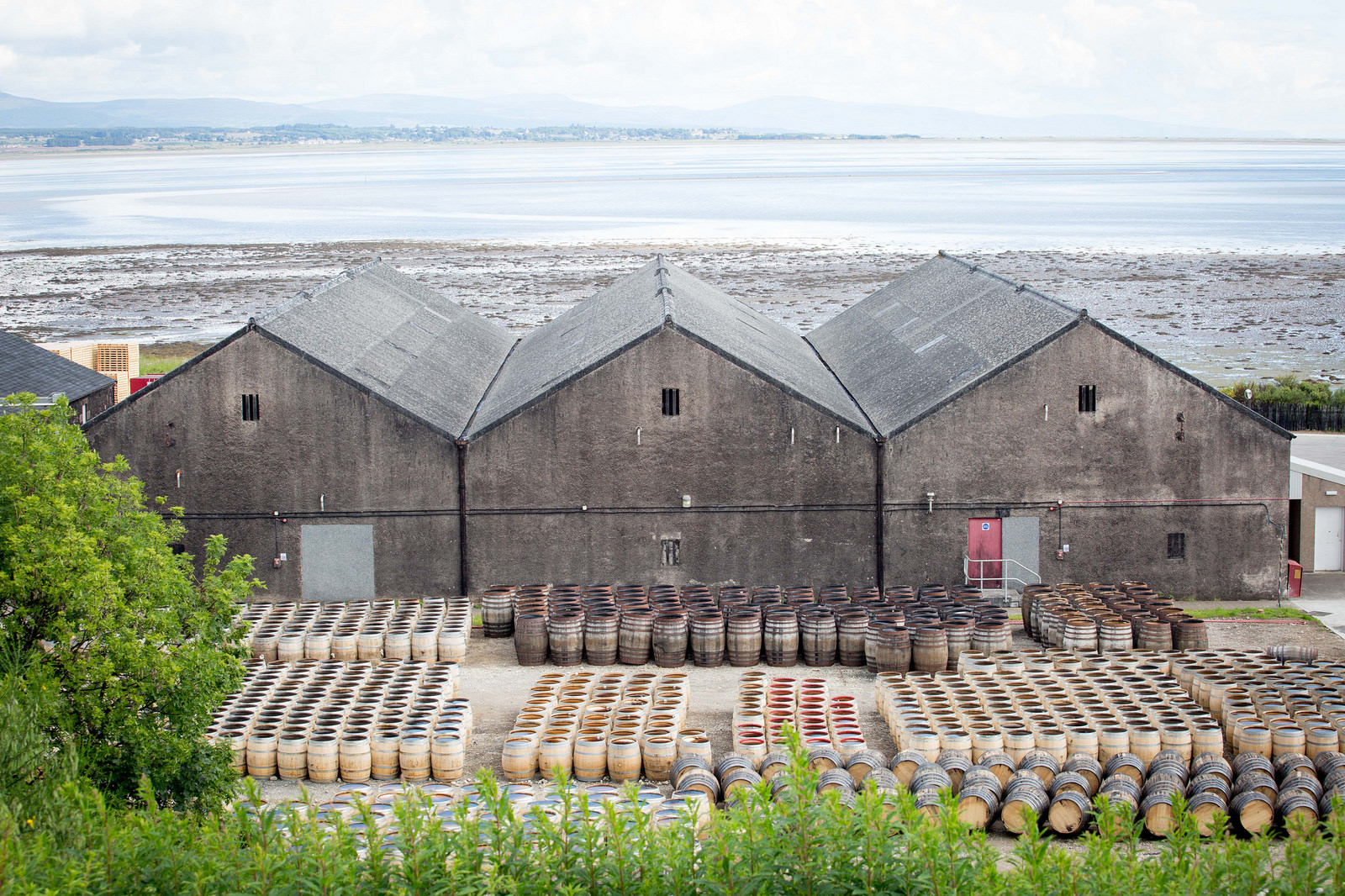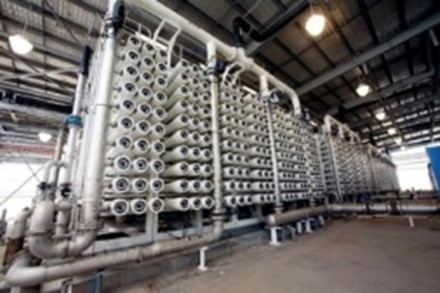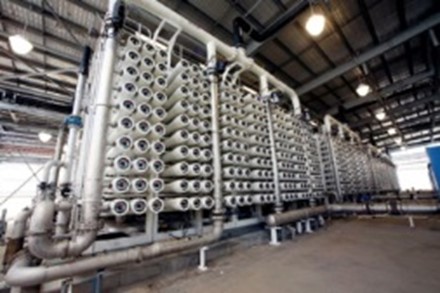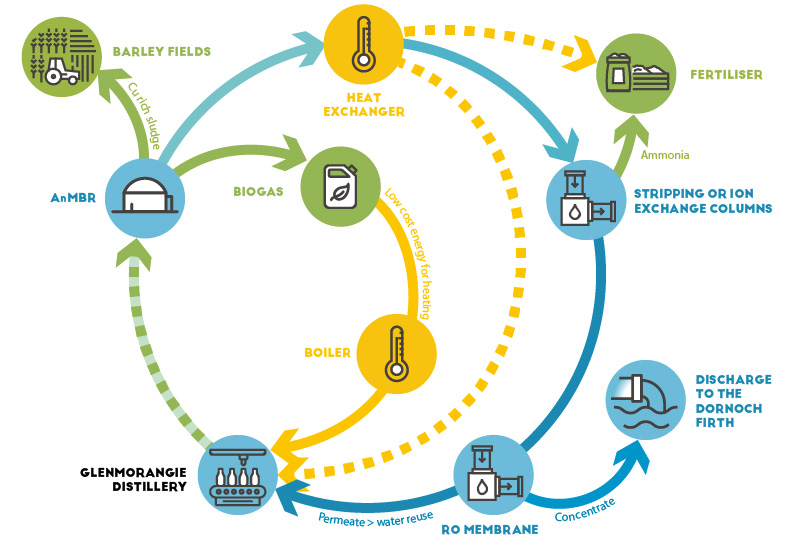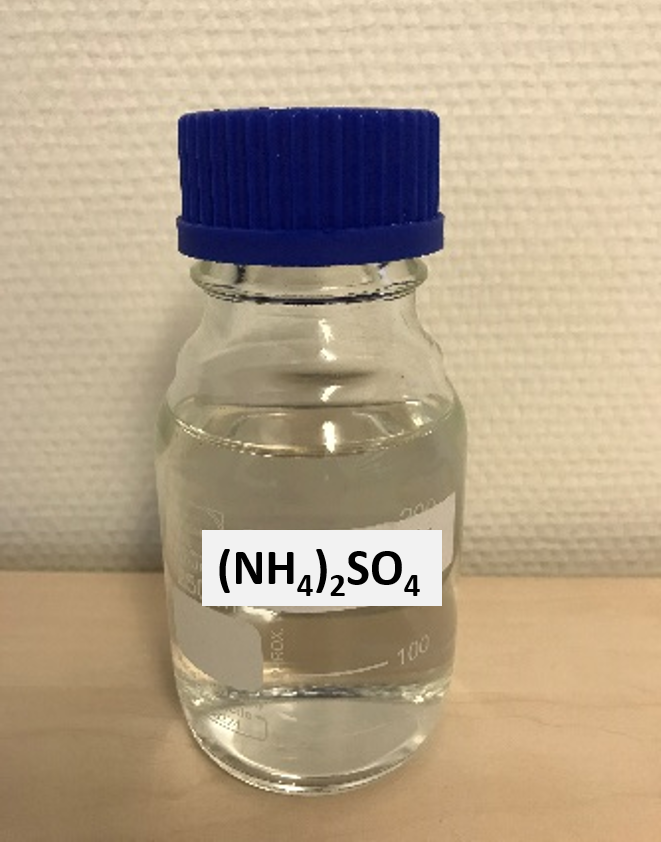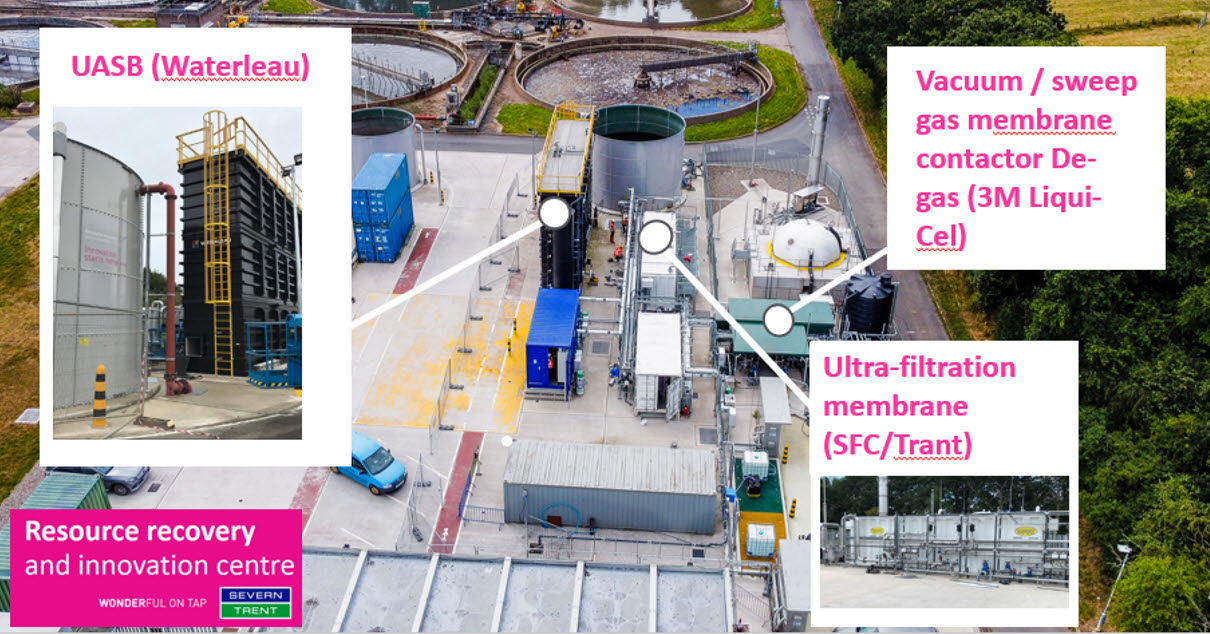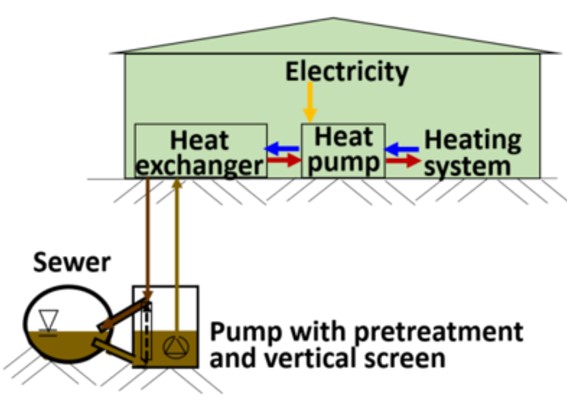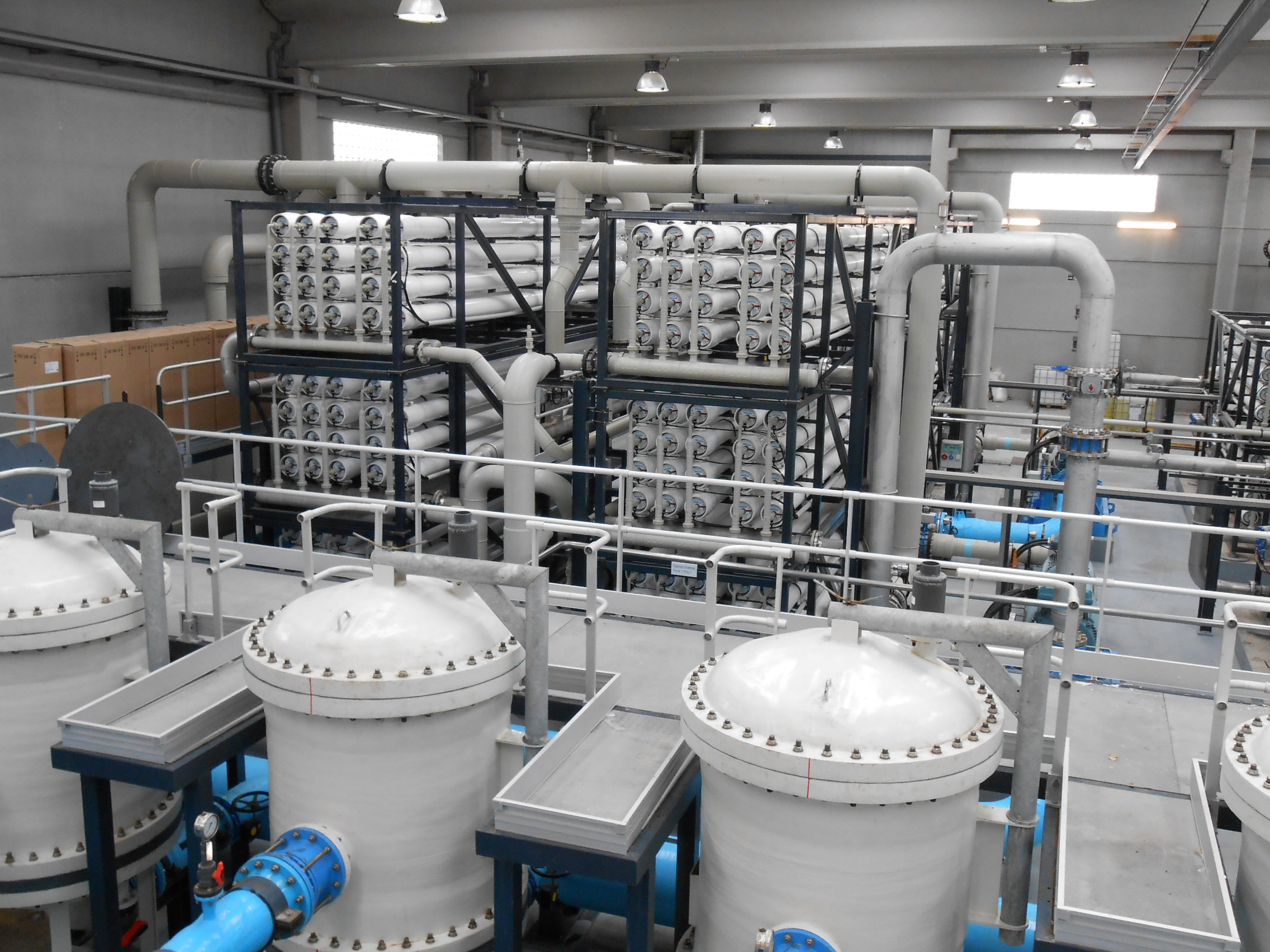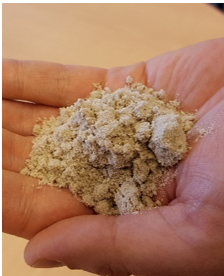Description
For this case study, the symbiosis first interlinks the Glenmorangie whisky distillery and the company Aquabio which provides circular economy (CE) enabling treatment and reuse solutions. This first started in 2017, with the design and installation by Aquabio of a system for the treatment of the wastewater from the distillery. An anaerobic membrane bioreactor (AnMBR) was installed to treat the wastewater generated in the distillery during the whisky making processes and allows to discharge the treated effluent in the local estuary, the Dornoch Firth. However, the Glenmorangie whisky distillery which belongs to the Louis Vuitton Malletier Holdings (LVMH) has a strategy engrained in sustainability and the symbiosis can then also be extended to the local farmers and the local community and environment. Indeed, the Glenmorangie distillery is part of the Dornoch Environmental Enhancement Project which aims to restore Native European oysters and enhance biodiversity in the Dornoch Firth for the benefit of the local environment and community.
As part of Ultimate, Aquabio and Cranfield University (partners in the project) will collaborate with the Glenmorangie distillery and Alpheus, the current operator of the treatment site, (both stakeholders but not beneficiaries) to evaluate options to expand the CE approach at the site. The AnMBR effluent provides opportunities for heat recovery, nutrient recovery and finally with further advanced treatment for water recycling within the distillery.
Applied technologies
Technology performance and best practices
Water reclamation from distillery wastewater
In the Tain case study (UK), the current wastewater treatment plant (with screens followed by an anaerobic membrane bioreactor, AnMBR) enables the production of high-quality water that can be reused in the distillery for cleaning or cooling. However, the AnMBR effluent still contains high levels of nitrogen, phosphorus, some organic compounds, and salinity. A treatment sequence to remove and recover nutrients was studied, involving struvite precipitation, ammonia stripping, and reverse osmosis (RO) membranes to remove other contaminants and salinity.
Three sequences were tested: in the first, the RO membranes were placed directly after the AnMBR; in the second, struvite precipitation was applied first to reduce fouling on the membranes; and in the third, both nutrient recovery technologies were used before the RO membranes. The results showed that RO membranes effectively removed contaminants in all sequences: conductivity was reduced by more than 95%, COD by 99%, phosphorus by 99%, and other ions by at least 96%. However, only ammonia exceeded the quality criterion for cooling water (1 mg N/L).
The salinity and contaminants in the effluent affect the operating conditions of the RO system due to osmotic pressure and fouling propensity. Implementing nutrient recovery systems before the RO increased salinity and, consequently, fouling, due to the high pH required for the reactions. The results suggest that applying RO directly after the AnMBR and then the recovery systems in the concentrate stream could be more cost-effective (sequence 1).
Finally, the key performance indicator was the reduction of freshwater consumption by reusing 40% of the treated effluent. At full scale, with a 50% recovery from 322 m³/day of wastewater, up to 66% of tap water consumption could be covered, representing a significant reduction.
Reuse of heat in different treatment processes
This case study also investigated the reuse of heat from the effluent of an anaerobic membrane bioreactor (AnMBR) to reduce operating costs by reducing the energy or chemical consumption of two processes: RO filtration and ammonia stripping. By increasing the process temperature of the ammonia stripping process, the pH can be lowered and NaOH can be saved. Increasing the temperature of the RO filtration process reduces the viscosity of the water to allow a lower transmembrane pressure, saving energy. For the filtration process, the available heat was sufficient to increase flux by 11% and save energy. However, for the ammonia stripping process, the available heat alone was insufficient. An additional heat source was needed to achieve the desired pH reduction and reduce chemical requirements.
Nutrient recovery
The ULTIMATE project tested a precipitation system for the formation of struvite from the AnMBR effluent, followed by an ammonia stripping unit where nitrogen can be recovered in the form of ammonium sulphate solution. Trials conducted with this two-stage treatment process resulted in total nitrogen removal and recovery of 70%, while 80% phosphorus recovery was achieved by the struvite precipitation unit alone. Struvite and ammonium sulphate solution were found to be high quality fertilizers. To scale up and replicate this material recovery technology on a large scale, it is suggested to apply the technology to a high strength water in terms of either phosphorus or ammonia content.
Outcome of assessments
Total cost of ownership (TCO)
The TCO assessment for nutrient recovery from distillery wastewater at the Tain case study focuses on two processes, (1) struvite precipitation and (2) ammonia stripping. Over a 30-year period, the TCO for the struvite unit and the stripping unit was estimated at 26.9 million EUR and 17.5 million EUR, respectively. Major cost drivers include business operation costs, particularly the consumption of energy and chemicals. Revenue from selling the recovered struvite and ammonium sulphate as fertilizers could reduce costs, but only to a limited extent due to the low market prices of these products. A sensitivity analysis indicated that the profitability of the systems is significantly influenced by the selling price of ammonium sulphate, with a price of around 250 EUR/m³ required for the stripping unit to break even. Furthermore, reducing chemical usage by utilising excess biogas-generated heat to raise water temperature could lower the TCO by around 4.5 million EUR, making the stripping unit potentially profitable at a lower selling price.
Quantitative chemical risk assessment
At Tain, struvite is recovered from the distillery effluent. A QCRA was conducted for the application of the struvite to local winter barley fields as a recovered P fertiliser. From the analytical data, copper, nickel and zinc were identified as relevant substances. The results were compared with the theoretical application of municipal sewage sludge. It was found that the application of struvite did not lead to an increase in risk under the given assumptions due to the low concentration of trace pollutants.
Legislation and policy recommendations
Clarifying responsibilities and developing consistent guidelines for water reuse licensing and service provision across the EU are essential to ensure effective practices. The strategic agenda proposes comprehensive coverage of all water reuse types, emphasizing safety, environmental impact assessment, and the integration of reclaimed water into local water balances based on regional circumstances. Future regulations should establish minimum standards for non-agricultural uses, enhance risk assessment, and promote research on innovative water reuse technologies and practices. (see also D1.10)
Assess the opportunity of eco-labels and certification schemes for circular by-products. This may be an opportunity to foster material recovery purposes in Europe through the promotion of best practices to the consumers. Additionally, a potential mandatory share of recovered fertilisers in conventional fertilisers can stimulate a market pull.

